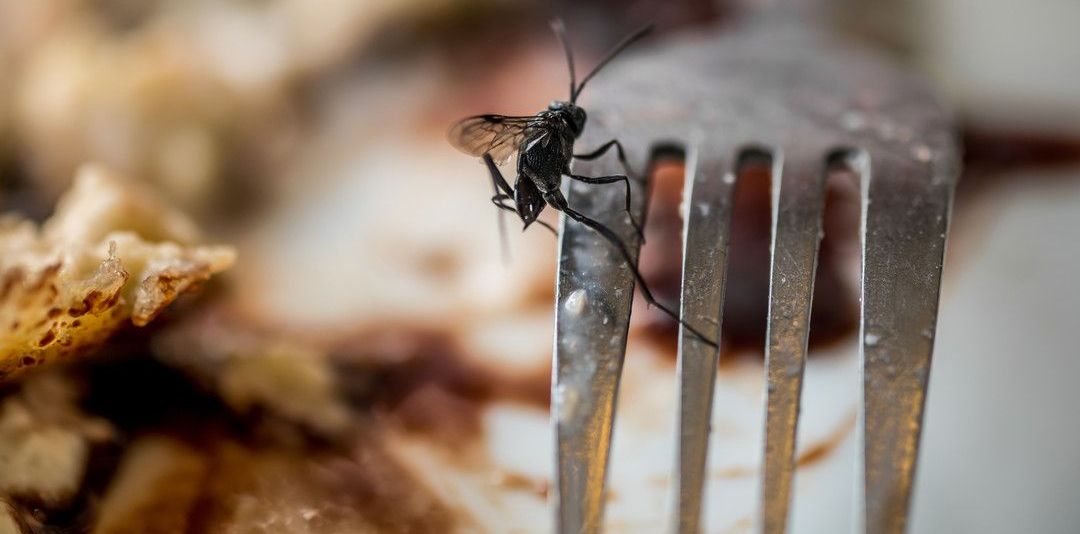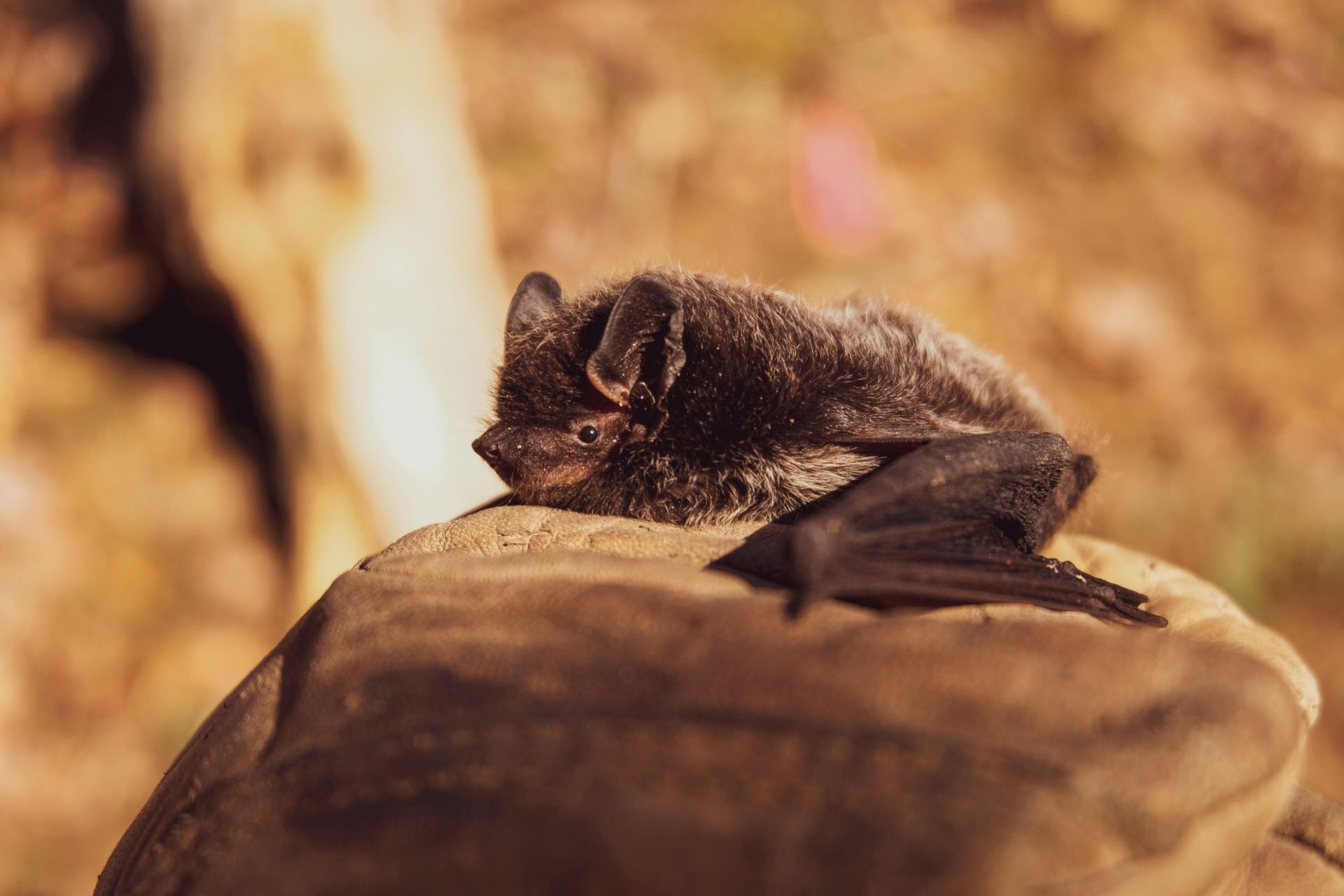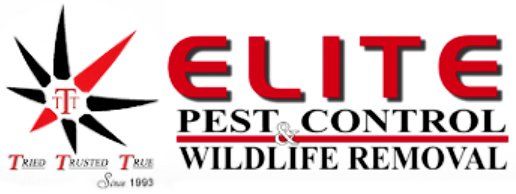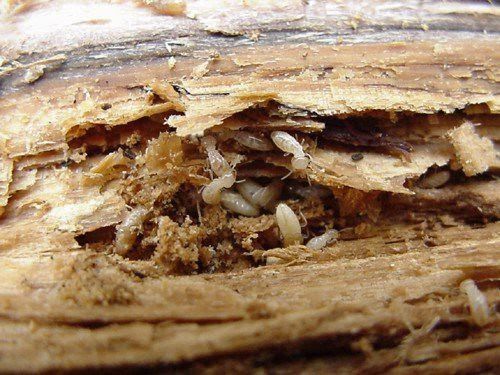Effective Pest Control
Getting The Most Out of Your Pest Control

Pests can be a persistent problem in both residential and commercial settings, causing damage to property and posing health risks. Effective pest control requires a comprehensive approach, combining good sanitation practices, accurate pest identification, the use of appropriate pest control methods, and the elimination of conducive conditions. This guide will walk you through the essential steps to keep your environment pest-free.
Sanitation: The First Line of Defense
Sanitation is crucial in pest control. Proper sanitation deprives pests of the food, water, and shelter they need to thrive. Here are key sanitation practices to follow:
Kitchen and Dining Areas
Clean Up Immediately: Wipe down counters, tables, and other surfaces after meals. Do not leave dirty dishes in the sink overnight. This practice is essential to eliminate roaches and other pests that are attracted to food residues.
Store Food Properly: Keep food in sealed containers. Avoid leaving pet food out for extended periods. This can prevent ant infestations and deter rodents.
Take Out the Trash: Dispose of garbage regularly and use trash cans with tight-fitting lids. Overflowing or improperly stored trash can attract a variety of pests, including flies, rats, and roaches.
Fix Leaks: Repair any leaking faucets or pipes to prevent moisture buildup. Pests like cockroaches and silverfish are drawn to moist environments.
General Housekeeping
Vacuum Regularly: Vacuum carpets, rugs, and upholstered furniture to remove crumbs and other debris. Regular cleaning can help to exterminate spiders by removing their food sources.
Clutter Control: Minimize clutter in and around your home. Piles of newspapers, cardboard, and other materials provide hiding places for pests such as rodents and insects.
Outdoor Maintenance: Keep the yard free of debris, trim vegetation, and ensure compost bins are well-maintained. Overgrown yards and cluttered areas can attract pests like ants and rodents.
Pest Identification: Know Your Enemy
Identifying the type of pest you're dealing with is crucial for effective control. Different pests require different approaches. Here's a brief overview of common pests:
Ant Infestations: Ants are often found in kitchens and bathrooms. Look for trails leading to food or water sources. They can be difficult to control due to their large colonies.
Cockroaches: Roaches prefer warm, humid environments. Look for droppings, egg casings, and a musty odor. Eliminating roaches requires targeting both adults and their eggs.
Bed Bugs: Bed bugs hide in mattresses, box springs, and furniture. Look for small bloodstains on sheets and mattress seams. They are notorious for being difficult to eliminate without professional help.
Rodents
Mice and Rats: Look for droppings, gnawed materials, and nesting sites. Rodents are nocturnal, so you might hear them at night. Stopping a rat infestation involves sealing entry points and removing food sources.
Squirrels: Often found in attics. Listen for scratching sounds and look for chewed entry points. Although they are less common than mice and rats, they can cause significant damage.
Other Pests
Termites: Look for mud tubes, discarded wings, and damaged wood. Termites can cause severe structural damage if left untreated.
Spiders: Look for webs in dark, undisturbed areas. To exterminate spiders, it’s important to remove their hiding places and food sources.
Choosing the Right Method
Understanding the difference between baits and liquid insecticides can help you choose the best method for controlling pests.
Baits
How They Work: Baits attract pests with food laced with poison. Pests consume the bait and carry it back to their nests, poisoning others. This method is particularly effective for social insects like ants and cockroaches.
Advantages: Baits can target the entire colony and are often more effective over time. They can be placed in out-of-the-way areas, reducing the risk of exposure to humans and pets.
Disadvantages: Results may take time as the bait needs to be transported back to the nest. Proper placement is essential for effectiveness.
Liquid Insecticides
How They Work: Liquid insecticides kill pests on contact or when they ingest treated surfaces. They can be sprayed directly on pests or used as a perimeter treatment.
Advantages: Liquid insecticides provide quick results and are effective for treating large areas and outdoor spaces. They can be particularly useful for immediate control of a visible infestation.
Disadvantages: They can be harmful to non-target species and the environment. Careful application is required to avoid exposure to humans and pets. They may not reach pests hidden in inaccessible areas.
Eliminate Conducive Conditions
Eliminating conditions that attract pests is essential for long-term control. Here are some strategies:
Indoor
Seal Entry Points: Use caulk or weatherstripping to seal gaps around doors, windows, and utility openings. This is a critical step to stop rat infestation and keep other pests out.
Maintain Dryness: Use dehumidifiers in damp areas and ensure proper ventilation in attics and basements. Pests like cockroaches and silverfish thrive in moist environments.
Proper Storage: Keep clothing and other stored items in pest-proof containers. This prevents pests like moths and rodents from nesting in stored materials.
Outdoor
Landscape Management: Keep plants and shrubs trimmed away from the house. Avoid mulch against the foundation, as it can attract pests. Keeping vegetation away from the house can prevent ant infestations and deter rodents.
Standing Water: Remove or regularly empty containers that collect water, such as flower pots and bird baths. Standing water can attract mosquitoes and other pests.
Firewood Storage: Store firewood at least 20 feet away from the house and off the ground. This reduces the risk of termite infestations and prevents rodents from using the woodpile as a shelter.
A Proactive Approach to Pest Control
By combining good sanitation practices, accurate pest identification, appropriate use of baits and insecticides, and eliminating conducive conditions, you can effectively control and prevent pest infestations. Whether you aim to eliminate roaches, exterminate spiders, stop rat infestation, or handle ant infestations, consistent and proactive efforts are key to maintaining a pest-free environment.
Additional Tips for Effective Pest Control
Regular Inspections: Conduct regular inspections of your property to identify signs of pest activity early. Look for droppings, gnaw marks, nests, and other indicators.
Professional Help: When dealing with severe infestations or pests that are difficult to control, such as bed bugs or termites, consider hiring a professional pest control service. They have the expertise and tools to handle complex situations.
Integrated Pest Management (IPM): Implement an IPM approach that combines multiple strategies for long-term pest management.
Education: Educate family members or employees about the importance of sanitation and proper waste management. Everyone should be aware of how their actions can contribute to pest problems.
Follow-Up: After treatment, continue to monitor the situation and take preventive measures. Pests can return if conducive conditions are not addressed.
By following this comprehensive guide and remaining vigilant, you can create a healthy, pest-free environment for yourself and those around you. Remember, pest control is not a one-time task but an ongoing process that requires dedication and attention to detail.



